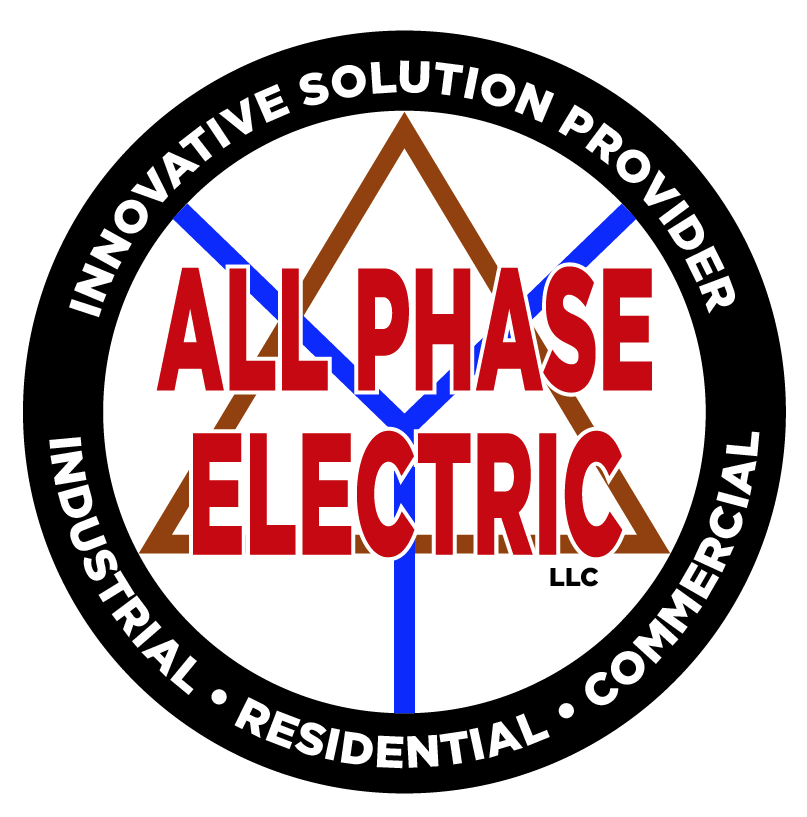Is Electricity Attacking Your home?
Whole home surge suppression protects your home from power surges, which sounds neat, but why in the world would you need that? You’ve got surge suppressor power strips protecting your important electronics. They work just fine.
Let’s get to know power surges, how big they, and how much damage they do to the life of the electrical systems in your home.
What are power surges and how big can they get?
Power surges are exactly what it sounds like. They’re large surges in electricity that slam through your house when the power goes down, when it comes back up, and when it teeters briefly during storms. You know what I’m talking about. When the wind shakes your house, and your lights all flicker, blink, turn off and then come back on as if they wished they hadn’t. That happens a lot in Alaska. That's something we know because we've looked into getting a generator to back up our house when the power goes out.
Most people think that all power surges come from outside our home. However, did you know that roughly 60 — 80% of all power surges come from inside the home?
Here’s a list of the most common reasons for power surges:
Lightning strikes and bad weather
Bad wiring inside the home
Downed power lines
Tripped or poorly working circuit breakers
Power outages
Appliances being turned on and off
If they’re so common, are they really dangerous?
Power surges will take out or do significant damage to sensitive electronics. That’s why we keep our smart TVs, computers, and other electronics on surge protector power strips.
But did you also know that the surges in power can also weaken your household wiring?
Power surges push electricity through your home higher than it was designed for. Everything from your panel to the wire to the outlets have a nominal voltage rating (the voltage it was designed to work at).
When they’re hit with higher-than-normal voltages, wiring can overheat and cause connections to become loose. This can then cascade, creating more problems in the home and damaging outlets, light fixtures, circuit breakers, and more.
Your electronics are protected on surge protectors, but that power strip is connected into the same electrical system that’s being attacked by power surges inside and outside the home.
What’s the real damage?
Surges can make wires become hot, which melts the insulation. That insulation is designed to keep your home safe and fire free.
Surges can also make connections to become loose, and when that happens, things don’t work right. Lights can flicker. There are “shorts” in the system.
Surges can also kill or wear out outlets, making them inoperable.
When all three of those things start happening, more surges occur throughout the home every single time an appliance is turned on, when the lights are turned on or off, when vacuums are run, and more.
When there are more surges through your home, your appliances have shorter lives. For instance, that dishwasher you were so proud of eight years ago that was supposed to last ten suddenly stops working. You swear you’ll never buy that brand again, but in truth, it could have been your house that was to blame.
Power surges are a problem, but not typically one you see or feel immediately. You usually only see it when your TV stops working or when your computer dies and doesn’t come back on again. But it kills a lot of other things too. Refrigerators, electric ovens, dishwashers, garbage disposals, electric washers and dryers, and so much more.
Since this issue is real, there has to be a way to fix it.
The solution is simple and surprisingly affordable.
There are whole home surge protectors that can be installed inside or outside your panel that provide a first line of defense. When power surges into your home, it’s stopped before it even reaches your house panel, and most of the surge is forced into the ground where it’s dispersed and safe.
The remaining surge is then easier on your next line of defense, the surge suppression power strips throughout your home. To see this in action, watch this video that Eaton put together that explains it even better.
One More Thing
It’s important to know that surge protectors need to be replaced regularly. They can wear out, depending on how hard they’re having to work. Surge protector power strips typically need to be replaced every two years. Whole home surge protectors generally last anywhere from three to four years, but if you live in a high-surge area like we do, it might be a good idea to update them every two years as well.
I hope this was helpful! I’ve installed one on our home and it’s been a great comfort. Look around, do some research, and see what works best for you. And check out the links in this article. I did a lot of the research for you, but there's more out there to be had!
And if the installation seems a little intimidating, call the experts and we’ll get it installed for you at a reasonable rate and ensure your home protects you and your loved ones for years to come.
Get The Help You Need
If you would like to have an All Phase Electric certified electrician help you with your upgrades, be sure to give us a call at 907-376-1200, or you can text us at 907-531-4328.
Why choose All Phase Electric for your certified electrician residential electrical upgrades and installs?
Over 134 cumulative years’ experience of residential electrical installations
Up-front pricing. If you text your information and pictures to Patrick at 907-531-4328, he can provide you an estimate over the phone.
Fully trained and insured technicians.
Lifetime guarantee on All Phase Electric installation work.
Contact us today!



